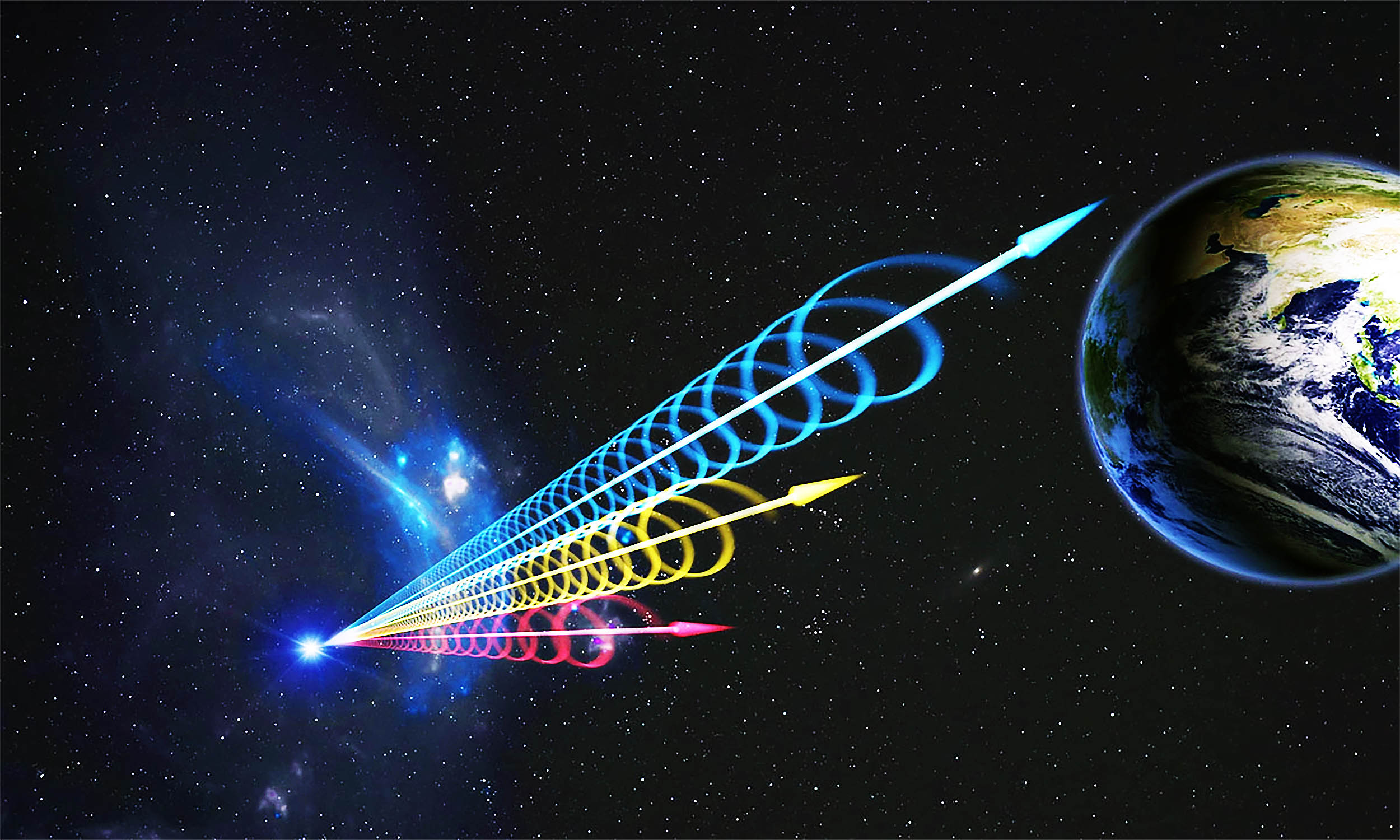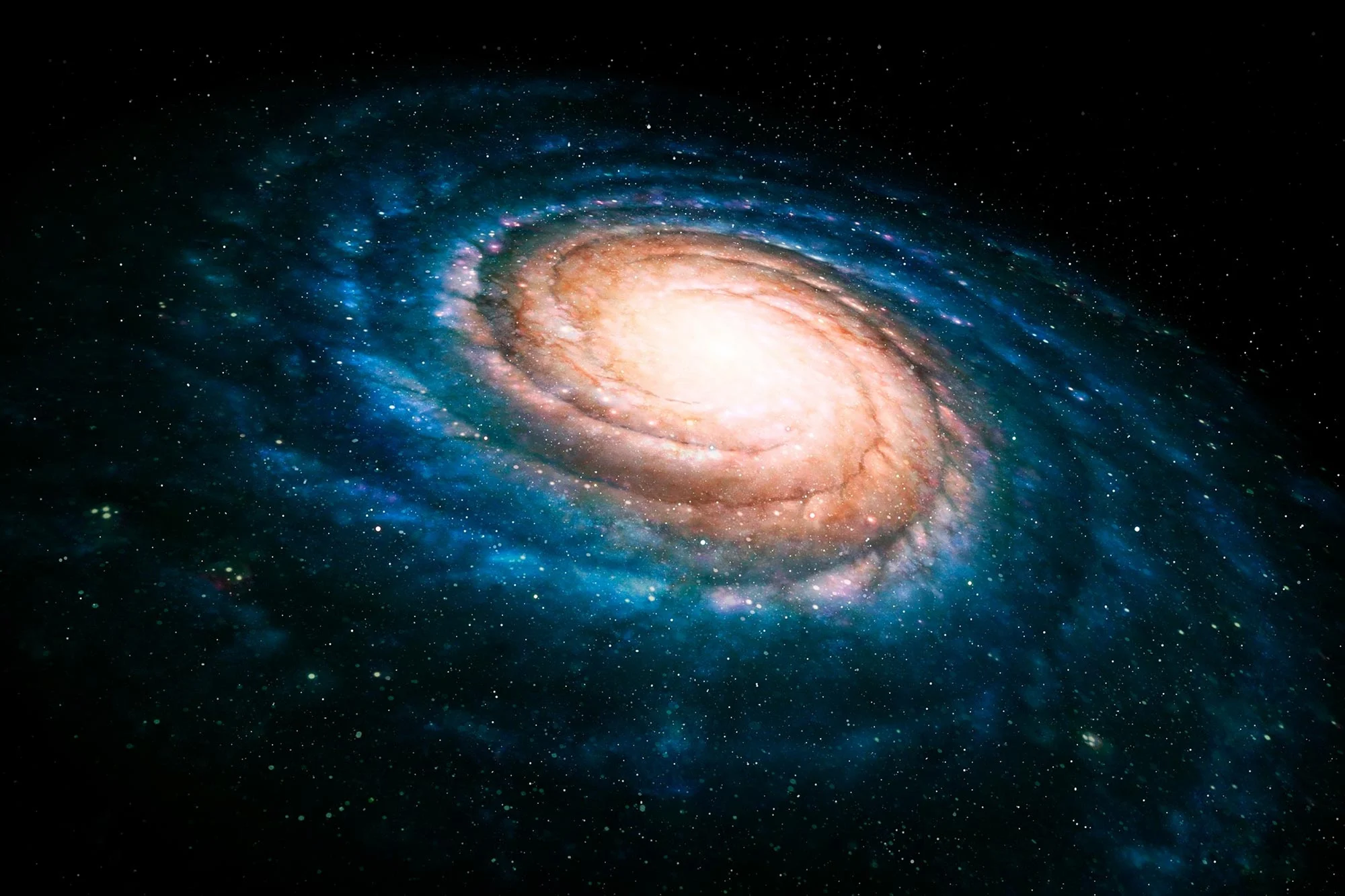Astronomers Discover the Smallest Yet Most Massive White Dwarf Star Ever Observed, Exceeding the Sun’s Mass
TL;DR:
Astronomers have discovered ZTF J1901+1458, the smallest yet most massive white dwarf star known. This exceptional star has a mass greater than our sun but is condensed into a body smaller than the moon. It formed when two smaller white dwarfs merged. With an extreme magnetic field and rapid spin, scientists believe this star could potentially evolve into a neutron star, challenging previous understandings of stellar evolution.
______________________
Astronomers have just uncovered the smallest yet most massive white dwarf star ever observed.
As revealed in a study published in Nature, this “exceptional” star boasts a mass exceeding that of our sun, all condensed into a body roughly the size of our moon. It emerged when two smaller white dwarfs, once a binary system, collided and merged.
Most stars end their lives as white dwarfs, which are essentially the still-glowing remnants of stars, ranking among the universe’s densest objects, alongside black holes and neutron stars. In approximately 5 billion years, our own sun will follow this same path, first becoming a red giant before ultimately transforming into a white dwarf.
Lead author Ilaria Caiazzo explains the star’s uniqueness, noting, “It may seem counterintuitive, but smaller white dwarfs happen to be more massive.” This is due to the lack of nuclear fusion in white dwarfs, which normally counteracts gravity in stars, leaving quantum mechanics to dictate their size.
This highly magnetized white dwarf, named ZTF J1901+1458, sits relatively close to us at just 130 million light years away. It was discovered by Caltech’s Zwicky Transient Facility (ZTF) at Palomar Observatory.
The two merging white dwarfs created a new star with a mass 1.35 times that of our sun, the most massive of its kind ever recorded. If either star had been slightly heavier, their collision would have triggered a supernova explosion.

ZTF J1901+1458 also boasts an “extreme” magnetic field—almost a billion times stronger than the sun’s—and spins rapidly, completing a full rotation in just seven minutes. By comparison, the sun takes 27 days to do the same.
At only 2,670 miles in diameter, this is the smallest known white dwarf, outshining the previous record by more than 400 miles. For context, the moon’s diameter is 2,174 miles.
Caiazzo says, “We caught this very interesting object that wasn’t quite massive enough to explode. We are truly probing how massive a white dwarf can be.”
What’s next for this rare star?
Researchers suspect that ZTF J1901+1458 could eventually transform into a neutron star, a fate usually reserved for stars much more massive than our sun that explode in supernovae. If this theory holds, it suggests that many of the universe’s neutron stars may have formed through this previously unknown process.
As Caiazzo explains, “It is so massive and dense that, in its core, electrons are being captured by protons in nuclei to form neutrons. Because the pressure from electrons pushes against the force of gravity, keeping the star intact, the core collapses when a large enough number of electrons are removed.”
Given its proximity to Earth and relatively young age—around 100 million years or younger—researchers believe this type of stellar phenomenon may be more common in our galaxy than previously thought.
“No one has systematically explored short-timescale astronomical events on this scale until now. The results are remarkable,” says Kevin Burdge, who first spotted the star in all-sky images.
But this discovery is just the beginning.
“There are so many unanswered questions,” Caiazzo notes. “How frequently do white dwarf mergers occur in the galaxy, and do they account for the number of type Ia supernovae? How do these powerful events generate magnetic fields, and why is there such diversity in white dwarfs’ magnetic strengths? By identifying more white dwarfs born from mergers, we can start answering these questions and many more.”




